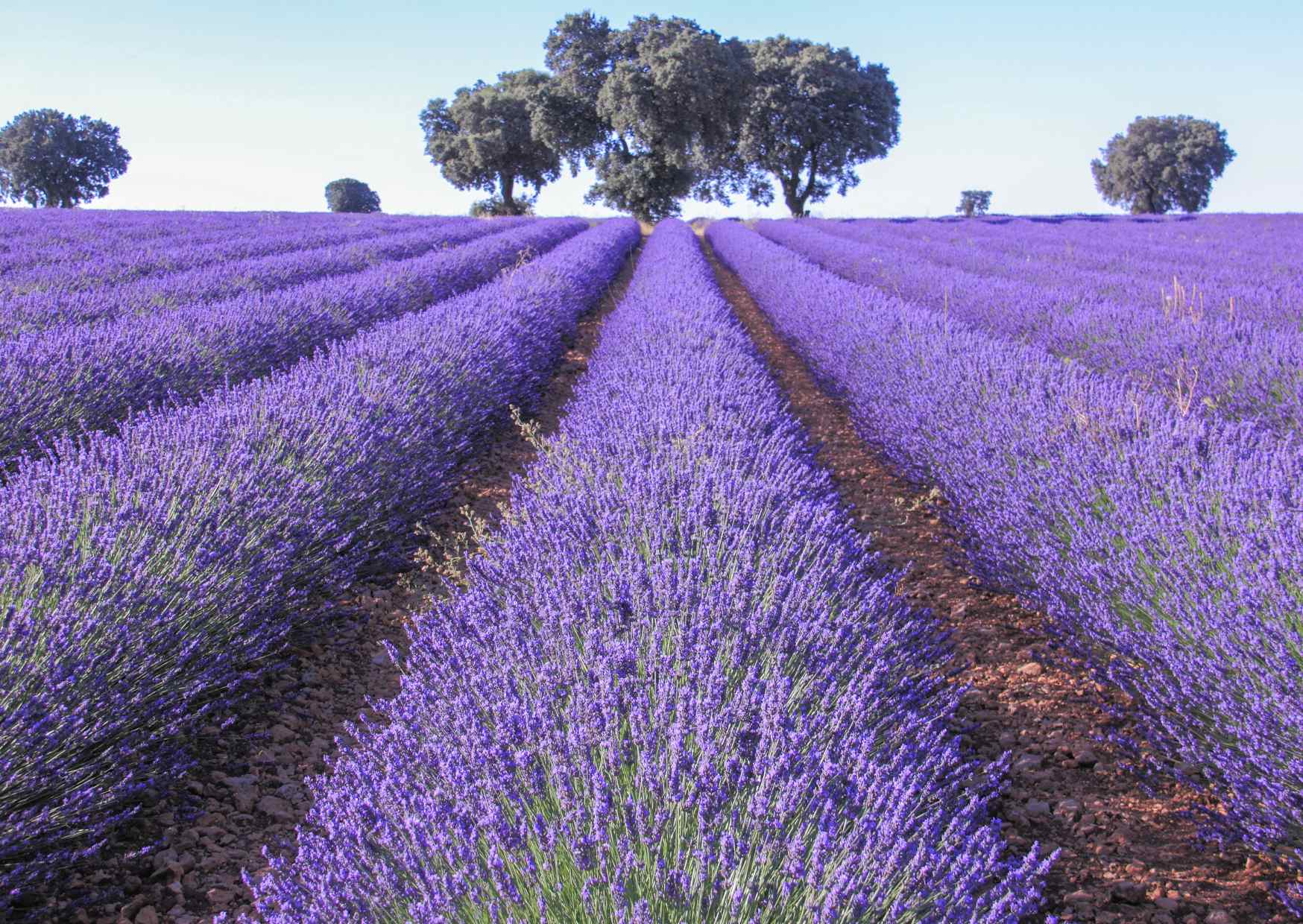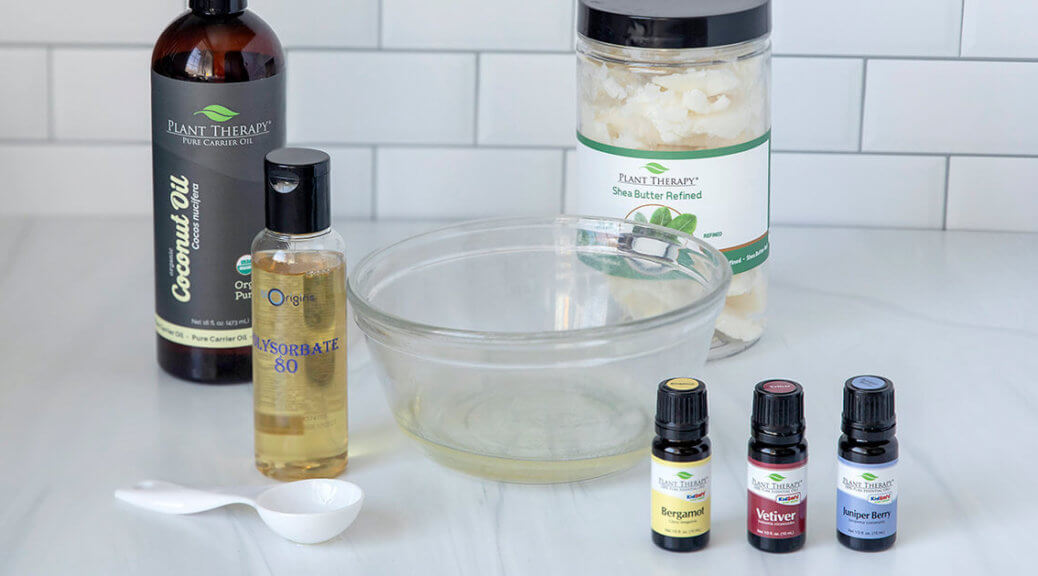We know you love making amazing essential oil DIYs for yourself, your family, and your friends. And we know that you come to us for trustworthy information and safe recipes. But sometimes, you might come across an ingredient you aren’t familiar with and want to learn more about it.
Oftentimes, those ingredients are either a preservative or an emulsifier, both of which are necessary to keep some of your homemade goodies safe! You can learn more about preservatives here, but today we’ll dive deeper in emulsifiers so you can feel confident with the products you use and the recipes you make.
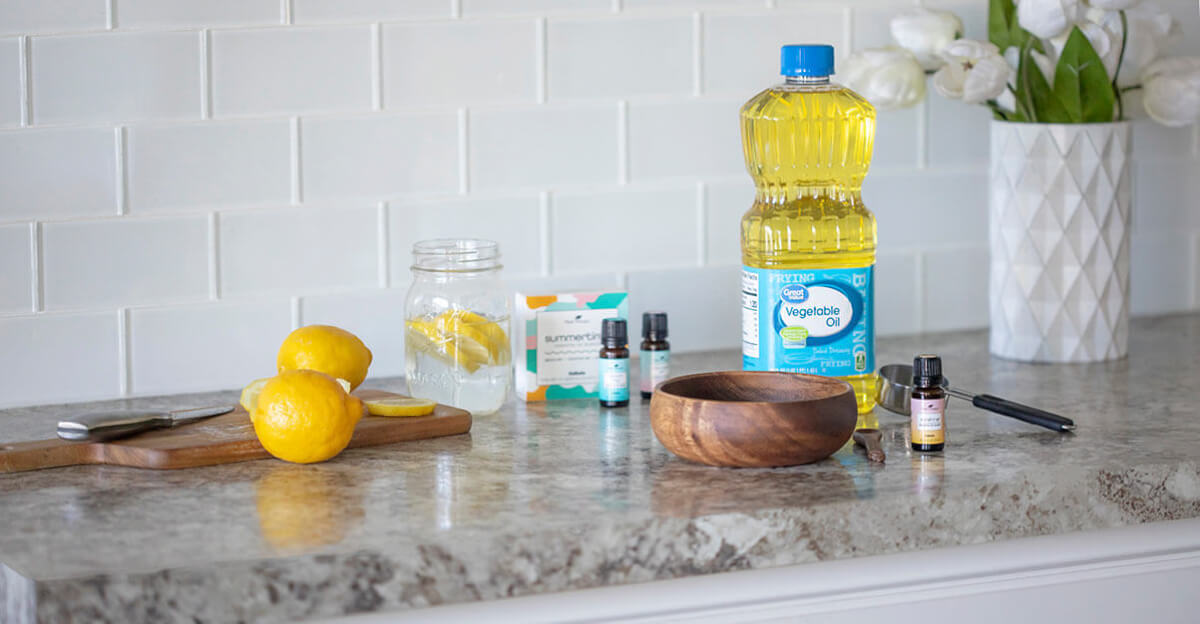
What is an Emulsifier?
It’s no secret that oil and water don’t mix. That also applies to essential oils, which are aptly termed as hydrophobic liquids. Try as you might, but essential oils and water won’t combine. Small, concentrated oil droplets will still float to the top, completely separated from the water.
This is a cause for concern when you have a DIY recipe that calls for essential oils and water (or water-based products, like a hydrosol). Using essential oils in this way can cause serious health concerns since the essential oil is basically sitting on the water “neat.” The oil needs to be diluted, which the water cannot do. And even if you dilute your essential oils in a carrier oil, you’ll be right back where you started with the oils sitting right on top of the water.
This is where an emulsifier comes in handy. It’s a key ingredient to seamlessly blend essential oils in your DIY projects.
An emulsifier is something that binds oil and water-based components together. The fluids remain evenly distributed together because the molecules in the emulsifier will stick between the oil molecules and the water molecules to keep them bound together.
Do You Always Need an Emulsifier?
Not every DIY is going to need an emulsifier. For instance, if your recipe calls for just some essential oils to mix into a carrier oil, no emulsifier is necessary. The carrier will dilute the oil and there is no water-based product to cause separation. Same goes for blending essential oils into a lotion or butter.
However, there many recipes you might be itching to try that include water. Whether it’s for the skin, hair, linens, or air, DIY sprays often include a water-based product as a main ingredient. Therefore, they need an emulsifier. This is especially true for any DIY that is going directly to the skin or scalp. You never want to run the risk of having topical contact with an undiluted essential oil. Learn more about that here (dilution blog).

Commonly Used Emulsifiers
There is a wide range of both natural and commercial emulsifiers on the market to choose from. This list is by no means an end-all-be-all, but here are some choices for you to consider for your next project:
- Castile Soap
- Emulsifying Wax NF
- Sulfated Castor Oil (AKA Turkey Red Oil)
- Alcohol
- If using alcohol, it doesn’t necessarily have to be 100% alcohol but should be the highest proof you can get. We typically recommend grain alcohol, such as Everclear, which is 95% alcohol if you get 190 proof. Alcohol’s evaporative qualities are unmatched, making it great for room and linen sprays, but it can be drying when used topically.
- Polysorbate 20
- An excellent choice for water-based recipes, like sprays, body mists, air fresheners, and bug sprays. It is non-comedogenic. The “20” indicates the type of fatty acid used as the base, which in this case is called monolaurate.
- Polysorbate 80
- Ideal when you need to emulsify heavier substances, such as carrier oils. It is also great for products like bath bombs that include Mica coloring, as it will help prevent staining in the tub and leave a less slippery surface. It is non-comedogenic. The “80” indicates that its fatty acid is monooleate.
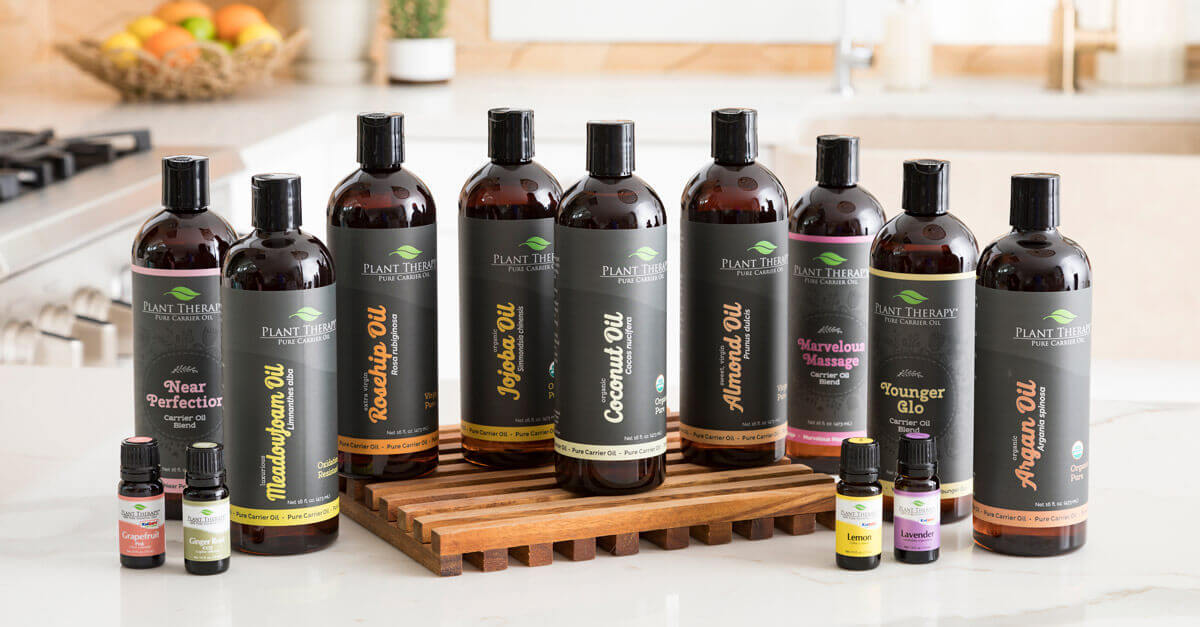
Are Carrier Oils Emulsifiers?
Carrier oils are fantastic for diluting essential oils but are not technically emulsifiers. To emulsify something means to have it blend smoothly with water molecules, which carrier oils cannot do. For instance, if you add essential oils to Grapeseed Oil and water, there will still be droplets unable to blend completely in the water since the molecules in Grapeseed Oil do not bond to water molecules.
A similar concept applies to our Aloe Vera Jelly. While our Aloe Vera Jelly already contains an emulsifier, it is not itself considered an emulsifier. As for any aloe vera gel, you will probably still need to add an emulsifier. We recommend checking the ingredients or contacting the gel’s manufacturer for more information.
Lotion would be another example of a product with an emulsifier included, but it is not considered an emulsifier itself. So, if you have a recipe that includes both a lotion and water-based product, we encourage you to use an emulsifier as well.
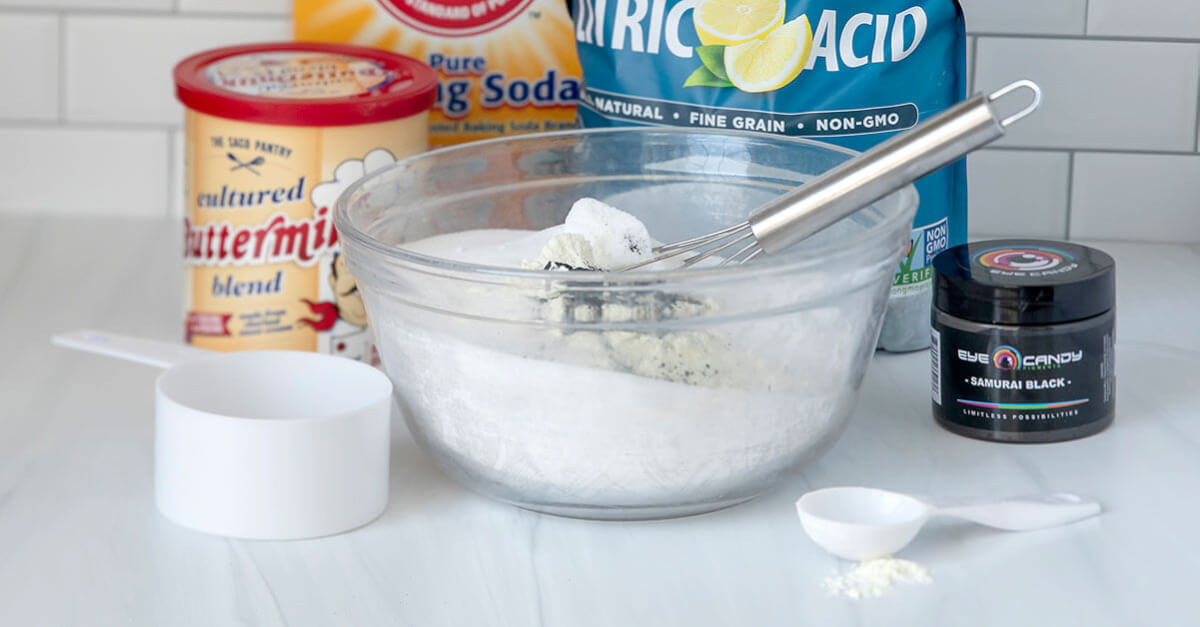
What Should Not Be Used as an Emulsifier?
Water, witch hazel, and honey are three of the most common ingredients found in a lot of DIYs. Contrary to popular belief, these are not acceptable as an emulsifier and should not be used to dilute essential oils. As basic science tells us, water and oil do not mix. Witch Hazel is primarily a water-based product that also will not hold essential oils. You can find witch hazel that contains alcohol, but it does not contain enough of it to dilute or emulsify the essential oils. Honey will work well to hold essential oils in itself, but when you add water to the mix and the honey dissolves, it is no longer capable of holding these essential oils which results in them being left undiluted. Listed below are some other common DIY ingredients that should not be used as an emulsifier or to dilute essential oils.
- Bentonite Clay
- Baking Soda
- Vegetable Glycerin
- Rubbing Alcohol
- Vitamin E Oil
Deciding which emulsifier is right for you is going to take some personal research. There are many emulsifiers available on the market and their ingredients will vary. You’ll have to decide if an ingredient is the right choice for you and your family. Additionally, there is not an indisputable ratio for how much of an emulsifier to use. But we hope this post is enough to get you started on your formulating journey.
